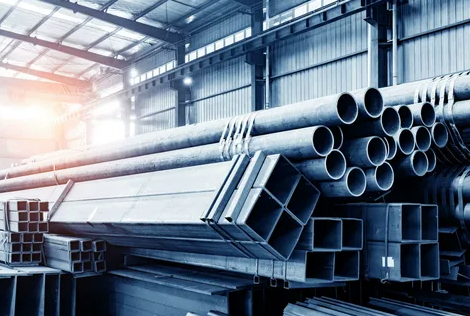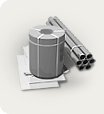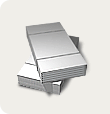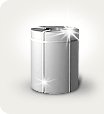Prices for hot-rolled coil, rebar and ferrous scrap in Asia are likely to remain high in the second quarter after a sharp increase in the first quarter, as supply chains gradually recover and markets continue to factor in the impact of the Russian invasion of Ukraine.
Suppliers in India, Japan and South Korea have increasingly focused on European steel markets since the invasion, while Chinese mills are becoming the dominant suppliers in Asia. This trend is likely to continue in the second quarter after the EU increased import quotas for hot rolled coils from India by 62% and from South Korea by 27% from 1 April.
The absence of rolls of Russian and Ukrainian origin is estimated at about 19% of global deliveries, an analysis of S&P Global Commodity Insights data on the SAE1006 HRC spot market in 2021 showed.
Given the lack of flat products from Russia, Ukraine, India and South Korea in the Asian flat products market, it is very likely that Chinese hot-rolled steel will return to dominance in the second quarter. S&P Global data showed that India and South Korea accounted for 10% of HRC's observed offerings in Asia in the second quarter of 2021, and their shift to exports in the current quarter is likely to see Chinese cargo fill the gaps.
Another reason supporting the growth of Chinese exports of hot-rolled steel is weak domestic demand for steel due to the downturn in the real estate market exacerbated by the “zero COVID” strategy, as well as logistics disruptions that have affected the manufacturing sector.
The spread between Chinese export prices for hot-rolled steel and domestic prices widened to $52.59/t on March 31 from minus $17.55/t on Jan. 4, S&P Global price estimates showed, indicating that export market were significantly more attractive. Export prices for SS400 hot-rolled steel rose $123/t, or 16%, over the same period, outpacing domestic price growth of $52.43/t, or 6.5%.
Despite lockdowns in Tangshan and Shanghai, the impact on steel production, which has risen steadily since the Winter Olympics in February, has so far been limited.
Aside from expectations of a strong shipping market in the second quarter, the outlook for Chinese hot rolled coil prices is bullish as domestic demand was expected to pick up following the easing of COVID-19 restrictions. However, the recovery in demand and prices remains subject to any further supply chain disruptions due to the war in Ukraine and China's handling of COVID-19.
Reduced supply to support prices
for billet In the billet market, unrelenting supply concerns and higher production costs due to a surge in energy prices will drive prices in the second quarter. Billet prices in Tangshan rose by 13% from the beginning of the first quarter almost to the end, while over the same period they rose by 33% CFR in Southeast Asia.
In an effort to avoid the risks and sanctions associated with the purchase of Russian billets and the risk of shipping Ukrainian billets from the Black Sea, Asian buyers were forced to look for alternatives. This caused the number of observed deals in the CIS to drop to one in March from three in February and six in January, spot data compiled by S&P Global showed.
While domestic steel supplies were cut in the first quarter during the Winter Olympics, lockdowns in a number of Chinese cities have since led to lower overall activity and disruption to logistics. Market participants expect a proper recovery in demand in the second quarter if the situation with the pandemic improves.
With the Russo-Ukrainian conflict showing no signs of easing, billet market participants expect a supply deficit to persist in the second quarter as demand for construction and infrastructure recovers in parts of Asia.
Resistance to rising scrap prices grows
The Asian scrap metal market could face further resistance to higher prices in the second quarter as steelmakers face rising smelting costs and limited demand for recycled products.
Mood in the scrap metal market is expected to be further weakened in the second quarter due to volatility in freight prices, a sharp rise in energy prices and the upcoming rainy season in late May, which is expected to put pressure on demand for construction steel in Asia.
Stronger buyer resistance in the second quarter follows a 39.3% qoq increase in Japanese scrap prices in the first quarter, with Platts valuation of H2 FOB Japan rising to 65,500 yen per ton on March 31 from 47,000 yen per ton December 31, 2021. .
Rising demand at the start of the year supported the initial surge in Asian scrap prices in the first quarter before
Steel and scrap prices in Asia remain high in the second quarter

|
|
Azovpromstal® 13 April 2022 г. 09:26 |





